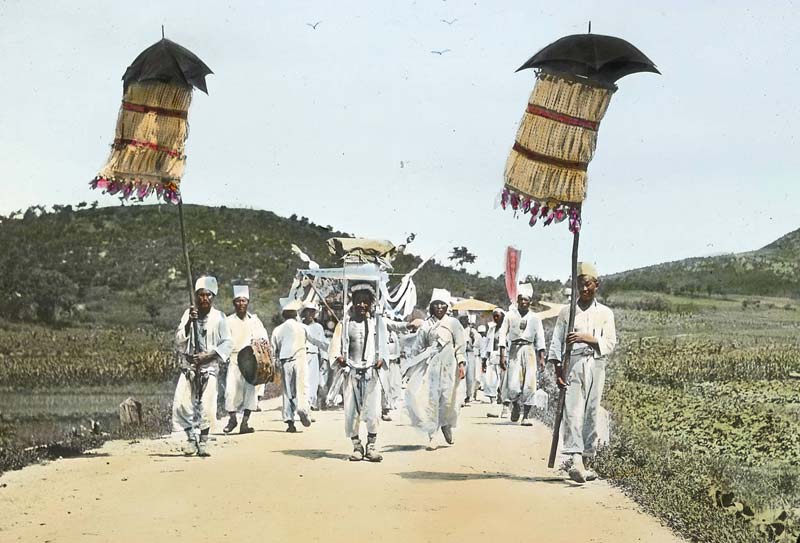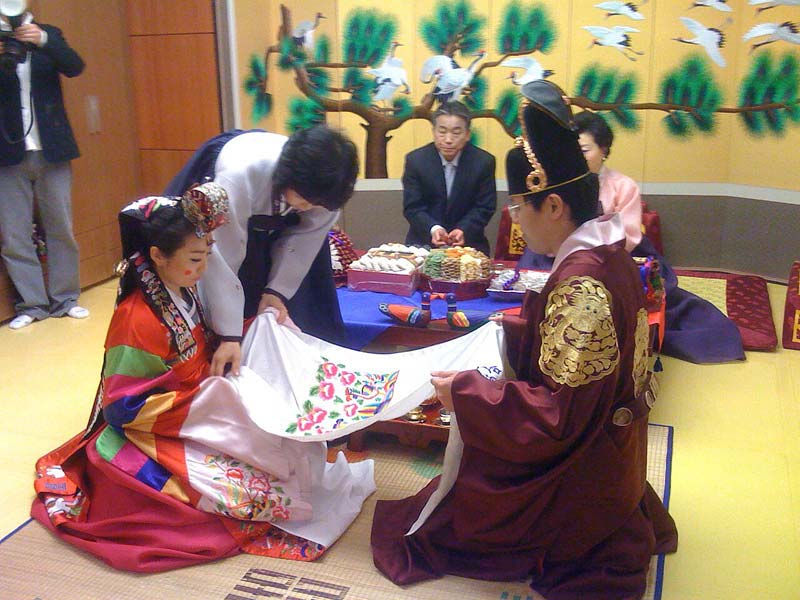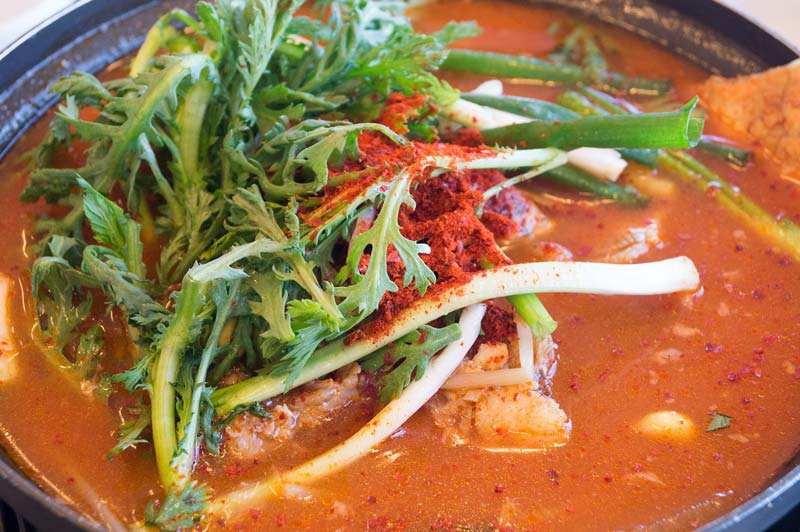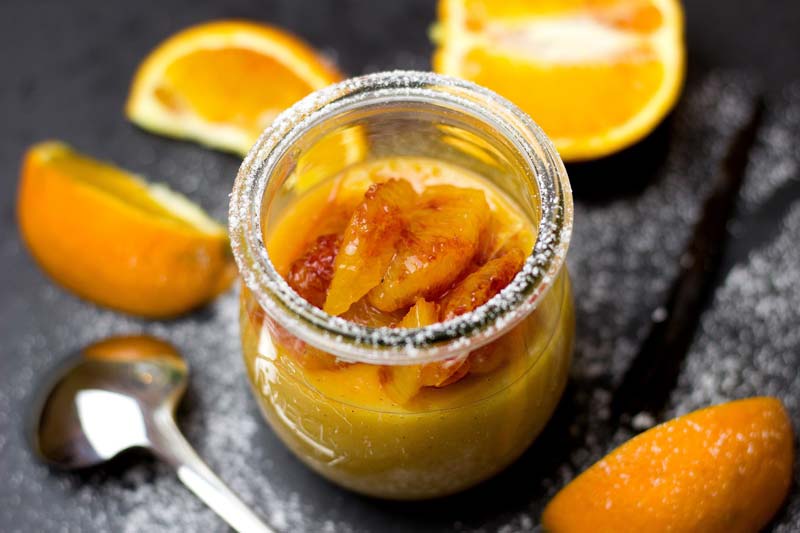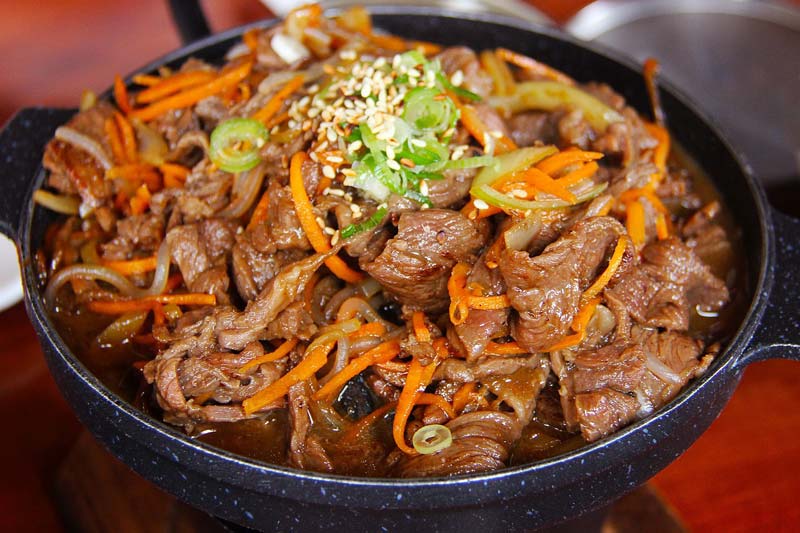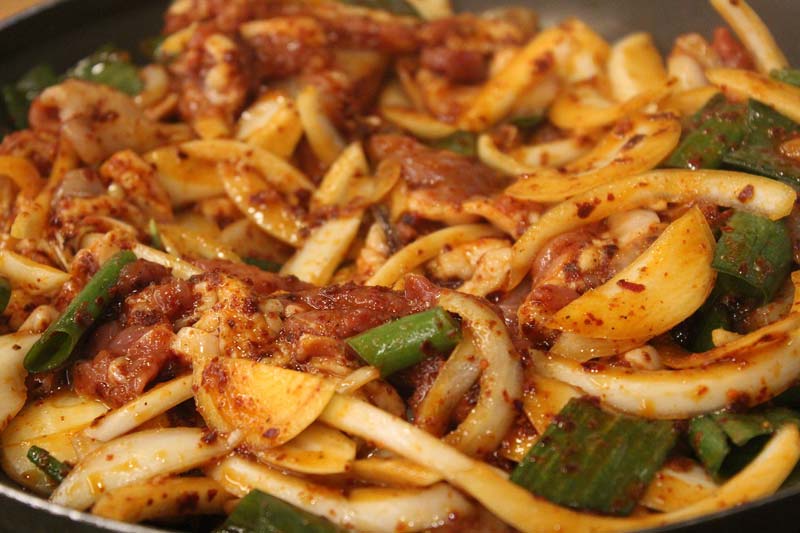Jongmyo Jerye. Korean Royal Ancestral Rite
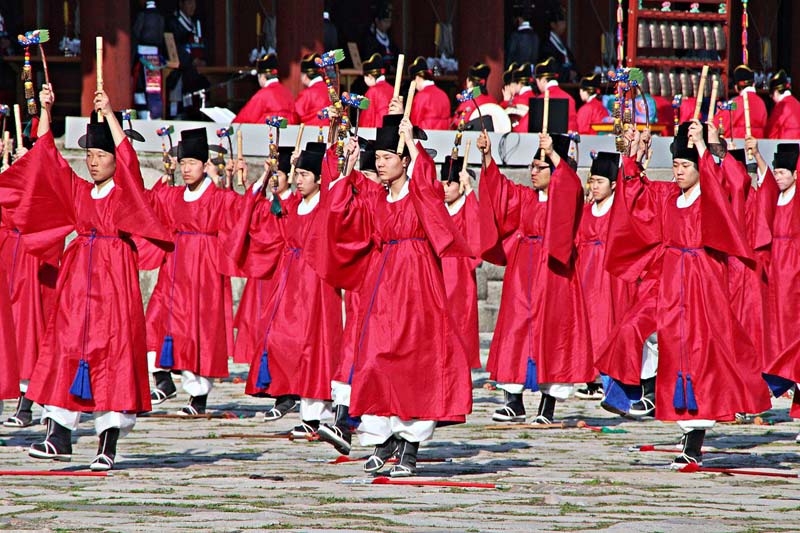
The Jongmyo Jerye, a revered Korean royal ritual, honors the ancestors of the Joseon Dynasty (1392–1897) with profound respect and gratitude. Rooted in the Confucian principle of filial piety, known as hyo, this ceremony embodies Korea’s commitment to venerating its forebears, fostering a spiritual connection between the living and the departed. Conducted at the historic Jongmyo Shrine in Seoul, the ritual unites royalty and commoners in a shared tradition of ancestral reverence, reinforced by the solemn beauty of its music, dance, and ceremonial attire. Recognized by UNESCO in 2001 as an Intangible Cultural Heritage, Jongmyo Jerye and its accompanying music stand as a testament to Korea’s rich cultural legacy, captivating audiences worldwide.
Confucian Foundations
The Jongmyo Jerye is deeply rooted in Confucianism, a philosophy that shaped the moral and social fabric of the Joseon Dynasty. Confucianism emphasizes filial piety (hyo), the duty to honor one’s parents and ancestors through respect, care, and remembrance. This principle extends beyond the living to include rituals that ensure the ancestors’ spirits are revered and their legacy preserved. The ancient Chinese Book of Rites, referred to in Korean as Yeseo, outlines a hierarchy of worship: kings honor heaven, feudal lords pay tribute to nature, and ordinary people revere their ancestors. This text, a cornerstone of Confucian ritual philosophy, inspired the formalization of Jongmyo Jerye during the Joseon Dynasty, when the Jongmyo Shrine became the sacred repository for royal ancestral tablets. The ceremony reflects Confucianism’s broader emphasis on harmony, order, and moral duty, serving as a cultural and spiritual anchor that reinforces familial and societal bonds across generations.
The Role of Jongmyo Jeryeak and Ritual Dance
Integral to the Jongmyo Jerye is its accompanying music, known as Jongmyo Jeryeak, and its intricate ritual dances, both of which elevate the ceremony’s spiritual depth. The music, performed by a traditional Korean orchestra, features instruments such as the janggu (hourglass drum), piri (bamboo flute), gayageum (zither), chukhyeon (stone chimes), and yonggo (dragon drum). These instruments create a haunting, majestic soundscape that underscores the ritual’s solemnity. The music is divided into two suites: Botaepyeong (Preserving Peace), which honors the civil achievements of the ancestors, and Jeongdaeeop (Establishing Achievements), which celebrates their military accomplishments. The stone chimes and bronze bells, unique to court music, add a resonant, otherworldly quality, symbolizing the eternal presence of the ancestors.
The ritual dances, performed by dancers in flowing robes, complement the music with precise, graceful movements. These dances, divided into civil (munmu) and military (mumu) forms, symbolize balance and harmony, reflecting the Confucian ideal of a well-ordered society. The slow, deliberate gestures of the dancers, often holding props like swords or pheasant feathers, convey respect and spiritual connection to the ancestors. Together, Jongmyo Jeryeak and its dances, also inscribed on UNESCO’s Intangible Cultural Heritage list, are masterpieces of Korean artistry, enhancing the ritual’s role as a bridge between the earthly and spiritual realms.
Ceremonial Attire and Symbolism
The participants’ attire in Jongmyo Jerye is rich with symbolic meaning, reflecting Confucian values of hierarchy and reverence. The master of the ceremony and key participants wear traditional robes known as gwanbok, typically in deep blue or black, colors associated with solemnity and respect in Korean culture. These robes feature wide sleeves and intricate patterns, symbolizing the wearer’s elevated role in communing with the ancestors. Red accents, often seen in sashes or accessories, represent vitality and the life force that connects the living to the departed. The dancers’ costumes, lighter and more flowing, incorporate white and pastel tones to signify purity and spiritual transcendence. Headgear, such as the gwanmo (ceremonial hat), is adorned with symbolic ornaments that denote rank and purpose, reinforcing the ritual’s structured hierarchy. Every element of the attire, from color to shape, is carefully chosen to honor the ancestors and maintain the ceremony’s sacred atmosphere.
Role of Women in the Ceremony
While Jongmyo Jerye primarily involves male participants, reflecting the patriarchal structure of Joseon society, women, particularly queens and royal consorts, played a symbolic role. The ancestral tablets enshrined in the Jongmyo Shrine include those of queens alongside kings, acknowledging their contributions to the dynasty. During the ceremony, these tablets receive equal reverence, symbolizing the complementary roles of male and female ancestors in maintaining royal lineage. Historically, women of the court, such as the queen dowager, might have participated in preparatory rituals or attended as observers, though their active roles were limited due to Confucian gender norms. Today, female descendants of the Joseon royal family may participate in secondary roles, such as assisting with offerings or attending as representatives of the lineage, ensuring that the contributions of female ancestors are honored within the ritual’s framework.
Ceremony Procedures
The Jongmyo Jerye unfolds in a series of carefully orchestrated stages, each imbued with symbolic meaning, creating a sacred dialogue between the living and the spirits of the ancestors. Central to the ritual are the offerings of food and drink, which serve as a tangible expression of filial piety. The offering table is laden with meticulously prepared dishes, including steamed rice, savory soups, grilled meats, fish, and an array of side dishes such as pickled vegetables and fermented soybean pastes, all arranged with precision to honor the ancestors. These foods, rooted in traditional Korean cuisine, symbolize nourishment for the spirits and reflect the abundance of the land under the ancestors’ guidance. The sacrificial wine, typically a clear rice wine known as cheongju, is poured in deliberate portions to signify respect and spiritual connection. In the final stage, participants taste these offerings, believed to be blessed by the ancestors, and share them with relatives and neighbors, reinforcing communal bonds.
Yeong-Sin: Welcoming the Spirits
The ceremony begins with the opening of the shrine’s main gates, signaling the arrival of the ancestral spirits. Inside a ceremonial room, a folding screen is set up alongside an offering table laden with food, accompanied by mats, a tablet representing the ancestors (crafted from paper or wood), candles, an incense burner, a jar for incense, a high chair, and a bowl for sacrificial wine. This meticulous preparation transforms the space into a sacred haven for the spirits.
Gyeong-Sin: Greeting the Spirits
The master of the ceremony takes center stage, lighting incense before the ancestral tablet to formally greet the spirits. An assistant, positioned to the right, pours a modest amount of cheongju into a cup. The master rotates the cup three times over the incense burner, then pours the wine into a bowl in three deliberate portions. The empty cup is returned to the table, and the master offers two deep bows, signaling profound reverence.
Cham-Sin: Participation in the Rite
The ritual expands to include all attendees, who join in honoring the ancestors with two bows. The master carefully arranges meat and soup on the offering table, while an assistant adds rice and side dishes, creating a feast meant to nourish the spirits in their journey.
Cho-Heun: First Offering
The first formal offering, known as Cho-Heun, sees the master lighting incense once more as the assistant pours cheongju into a cup. The master rotates the cup over the incense and pours the wine into a bowl in three portions, placing it between the rice and soup. Chopsticks are laid above the dishes, and the master offers two bows. A written prayer is read aloud, either by the master or another participant, while all but the reader bow before the altar, the reader kneeling in respect.
A-Heon: Second Offering
A designated participant, often a close relative, steps forward to perform the A-Heon, or second offering. The steps mirror those of the first offering—lighting incense and rotating the cup—but no wine is poured into the bowl. The participant concludes with four bows, deepening the ritual’s reverence.
Jong-Heon: Final Offering
The Jong-Heon, or final offering, is performed by another close relative. The procedure resembles the second offering, but the cheongju is poured seven times, marking the culmination of the major offerings and emphasizing the ritual’s solemnity.
Chim-Jak: Concluding Wine Offering
The master then pours cheongju to the brim of the cup three times, signaling the conclusion of the wine offerings. This act brings a sense of finality to the tributes offered to the ancestors.
Sap-Si-Jeong-Jeo: Placement of Utensils
An assistant places a spoon in the rice and chopsticks above the fish or meat, symbolizing the preparation of a meal for the ancestors. The master offers two bows, followed by four from the assistant, reinforcing the ritual’s communal respect.
Hap-Mun: Temporary Retreat
Participants briefly retreat to the main hall or garden, allowing a moment of pause that underscores the ceremony’s rhythm of reverence and reflection.
Gye-Mun: Return Signal
The assistant clears their throat three times, calling everyone back to the sacred space and signaling the resumption of the ritual.
Heon-Da: Water Offering
The soup is removed from the table and replaced with drinking water, into which three spoonfuls of rice are placed. This shift in offerings symbolizes a transition in the ceremony’s focus, preparing for its conclusion.
Cheol-Si-Bok-Ban: Restoring Utensils
Order is restored as spoons and chopsticks are returned to their original places and bowls are covered with lids, signifying the tidying of the sacred space.
Sa-Sin: Farewell to Spirits
A participant performs two bows and burns the paper tablet and written prayer, marking the farewell to the ancestral spirits. The assistant returns the ancestral tablet to its resting place, concluding the spirits’ presence.
Cheol-Sang: Removal of Offerings
All food is carefully removed from the table, starting from the back, signaling the end of the offerings and the physical connection to the ancestors.
Eum-Bok: Tasting the Offerings
In a deeply communal moment, participants taste the food and cheongju from the altar, believed to be blessed by the ancestors. These offerings are shared with relatives and neighbors, fostering social bonds and extending the ritual’s blessings beyond the shrine.
Modern Significance
Today, Jongmyo Jerye remains a vibrant tradition, performed annually on the first Sunday in May at the Jongmyo Shrine. Accompanied by the haunting melodies of Jongmyo Jeryeak music and intricate ritual dances, the ceremony draws crowds eager to witness Korea’s cultural heritage. As a UNESCO-recognized treasure, it is meticulously preserved, reflecting Korea’s dedication to its historical and cultural roots. The ritual not only honors the past but also strengthens the nation’s sense of identity, reminding all who witness it of the enduring power of tradition.
References
- “Royal Ancestral Ritual in the Jongmyo Shrine and Its Music.” UNESCO Intangible Cultural Heritage, https://ich.unesco.org/en/RL/royal-ancestral-ritual-in-the-jongmyo-shrine-and-its-music-00016.
- Lee, Sung-Woo. Korean Confucianism: Tradition and Modernity. Seoul: Korea University Press, 2018.
- Kim, Hyeon. Korean Traditional Music and Dance. Seoul: National Conference for Unification, 2015.
